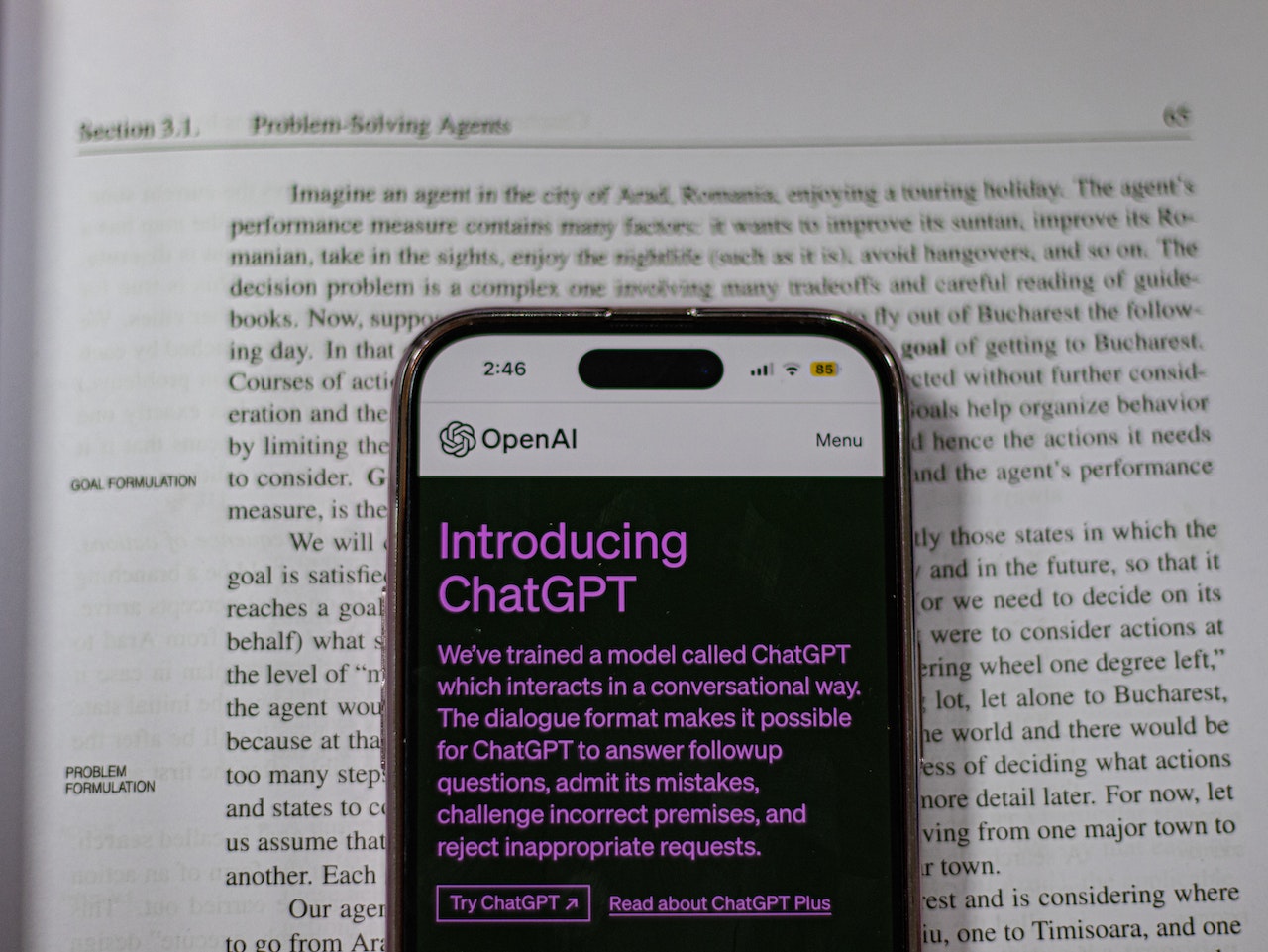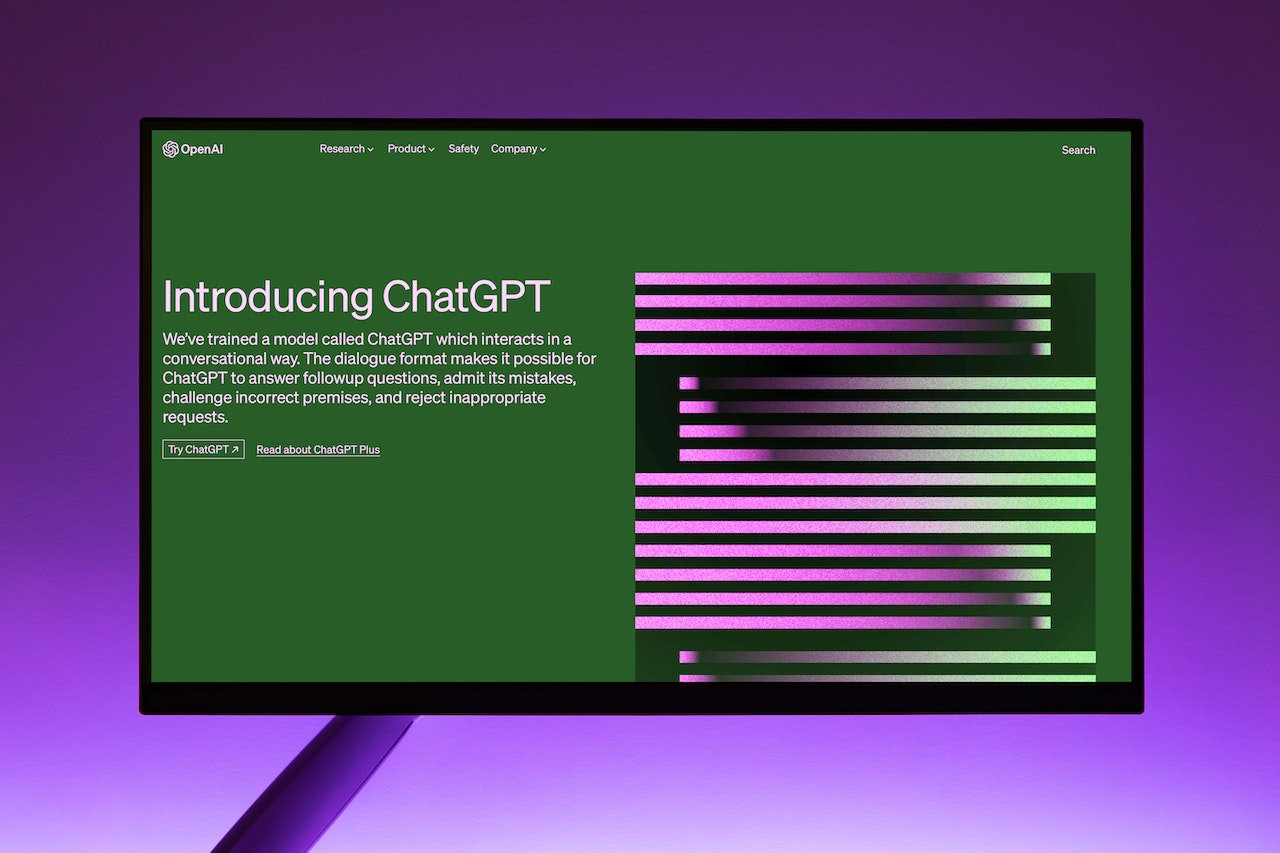ChatGPT is an advanced chatbot developed by OpenAI, a leading artificial intelligence research laboratory. In this article, we will explore the journey of chatbot technology, the development of ChatGPT, its applications, and the individuals behind its creation.
Early Chatbots
The concept of chatbots dates back to the 1960s when the first chatbot named Eliza was created. Eliza was a rule-based chatbot designed to simulate conversation with a Rogerian psychotherapist. Although simplistic compared to modern chatbots, Eliza paved the way for further advancements in the field.
Another significant chatbot from the 1990s was ALICE (Artificial Linguistic Internet Computer Entity). ALICE used pattern-matching techniques to engage in text-based conversations. These early chatbots laid the foundation for the development of more sophisticated and intelligent conversational agents.
Evolution of Chatbots
Over the years, chatbot technology evolved alongside advancements in natural language processing (NLP). Rule-based and pattern-matching chatbots were gradually replaced by AI-driven chatbots capable of understanding and generating human-like responses.
Introduction to GPT-3.5
GPT-3.5, the underlying model powering ChatGPT, stands for “Generative Pre-trained Transformer 3.5.” It is a state-of-the-art language model developed by OpenAI. GPT-3.5 leverages deep learning techniques and a vast dataset to generate coherent and contextually relevant text.
OpenAI, an organization at the forefront of AI research, developed GPT-3.5 to push the boundaries of natural language understanding and generation. The model has been trained on a diverse range of internet text, enabling it to produce human-like responses across various domains.
The Development of ChatGPT
The journey towards ChatGPT started with the development of previous iterations of the GPT architecture. OpenAI’s research team explored ways to improve language models and make them more capable of engaging in dynamic conversations.
ChatGPT was introduced by OpenAI as a demonstration of the GPT architecture’s conversational abilities. It builds upon the knowledge and expertise gained from earlier models, incorporating advancements in training methodologies and fine-tuning techniques.
Contributors to ChatGPT
The development of ChatGPT involved a collaborative effort by a dedicated research team at OpenAI. The team consisted of experts in natural language processing, machine learning, and deep learning. Together, they worked tirelessly to train and refine the model to achieve its conversational prowess.
The training process for ChatGPT involved exposure to a vast corpus of internet text. This dataset helped the model learn grammar, facts, and conversational patterns. Subsequently, fine-tuning was performed to tailor the model’s responses and align them with OpenAI’s goals.
Applications of ChatGPT
ChatGPT has found numerous applications across various industries. Its conversational abilities make it suitable for virtual assistants, customer support systems, and interactive chat experiences. Businesses can leverage ChatGPT to provide personalized and engaging interactions with their customers.
The benefits of ChatGPT extend beyond commercial use. It can serve as a tool for education, language learning, and even creative writing. However, it is crucial to consider the limitations and potential risks associated with AI chatbots.
Limitations and Ethical Considerations
While ChatGPT demonstrates remarkable conversational capabilities, it is not without limitations. The model sometimes generates responses that may be factually incorrect or biased due to its training on internet text. OpenAI acknowledges these challenges and actively works on reducing biases and improving system behavior.
Ethical considerations surrounding the deployment of AI chatbots are crucial. Misuse of such technology can lead to the spread of misinformation or manipulation of individuals. OpenAI recognizes the importance of responsible development and deployment of AI systems, emphasizing transparency, accountability, and user safety.
The Future of ChatGPT
As chatbot technology continues to advance, the future of ChatGPT looks promising. Ongoing research and improvements aim to enhance the model’s understanding of context, improve response quality, and introduce multimodal capabilities, such as incorporating images and videos into conversations.
The integration of ChatGPT into various industries and domains holds great potential. From healthcare and finance to entertainment and customer service, ChatGPT can revolutionize the way humans interact with machines, augmenting productivity and enhancing user experiences.
Conclusion
ChatGPT, developed by OpenAI, represents a significant milestone in chatbot technology. It combines the power of GPT-3.5, a state-of-the-art language model, with advancements in NLP to deliver engaging and contextually relevant conversations. While ChatGPT offers tremendous potential, it is essential to ensure responsible and ethical deployment to mitigate potential risks.
FAQs
- What is the difference between ChatGPT and previous chatbots? ChatGPT incorporates state-of-the-art language modeling techniques, allowing for more coherent and contextually aware conversations compared to earlier rule-based or pattern-matching chatbots.
- Can ChatGPT pass the Turing test? While ChatGPT demonstrates impressive conversational abilities, passing the Turing test, which involves indistinguishable human-like responses, remains a challenge. ChatGPT may occasionally produce responses that reveal its machine nature.
- How can businesses benefit from using ChatGPT? Businesses can leverage ChatGPT to provide personalized and efficient customer support, enhance virtual assistants, and create interactive chat experiences that engage users and improve customer satisfaction.
- Is ChatGPT available for personal use? Yes, OpenAI has made ChatGPT accessible for personal use. Users can experience and interact with ChatGPT through OpenAI’s platform.
- What are the ethical concerns associated with AI chatbots? Ethical concerns include the potential for biases, misinformation dissemination, and privacy implications. Responsible development, transparency, and accountability are essential to address these concerns and ensure ethical AI deployment.





